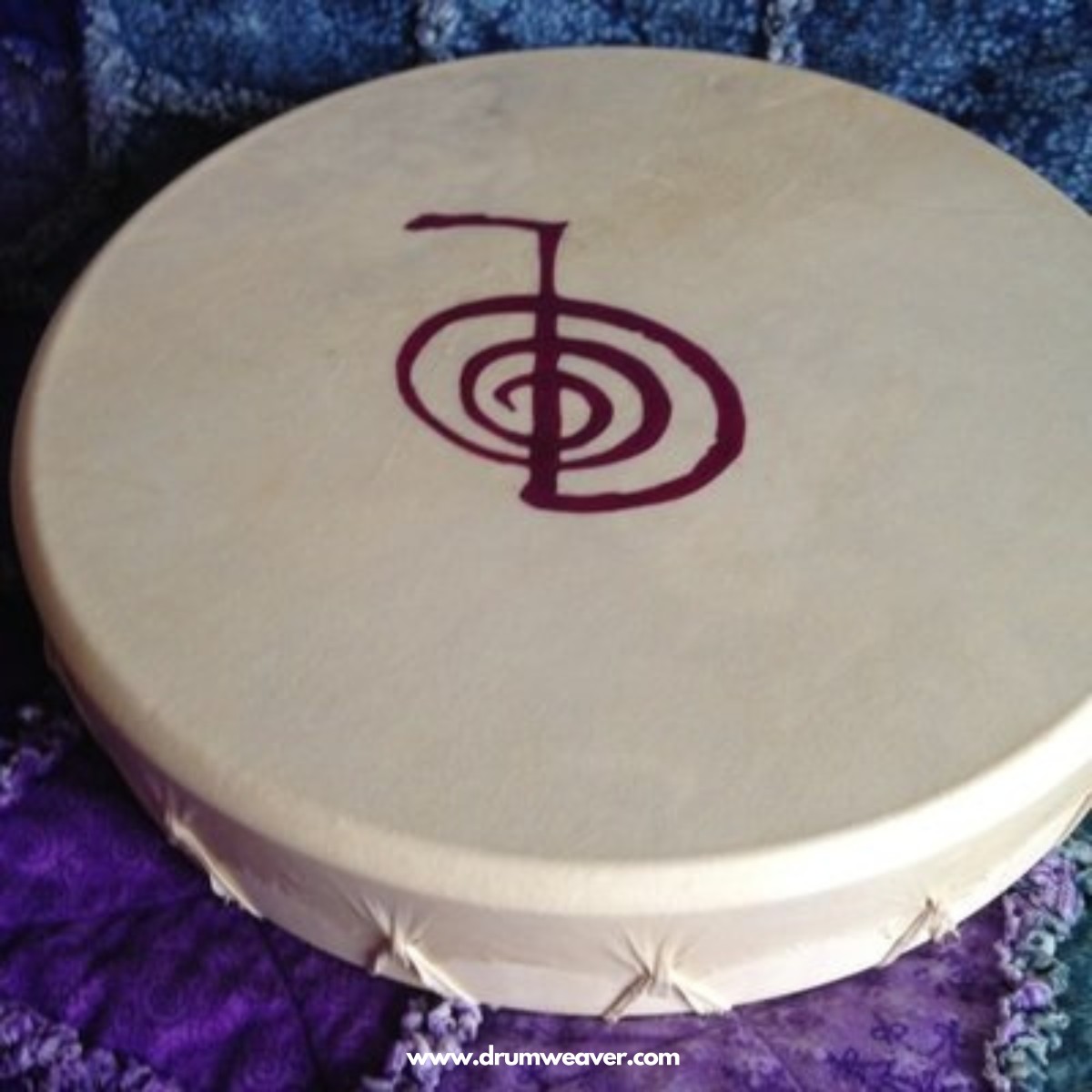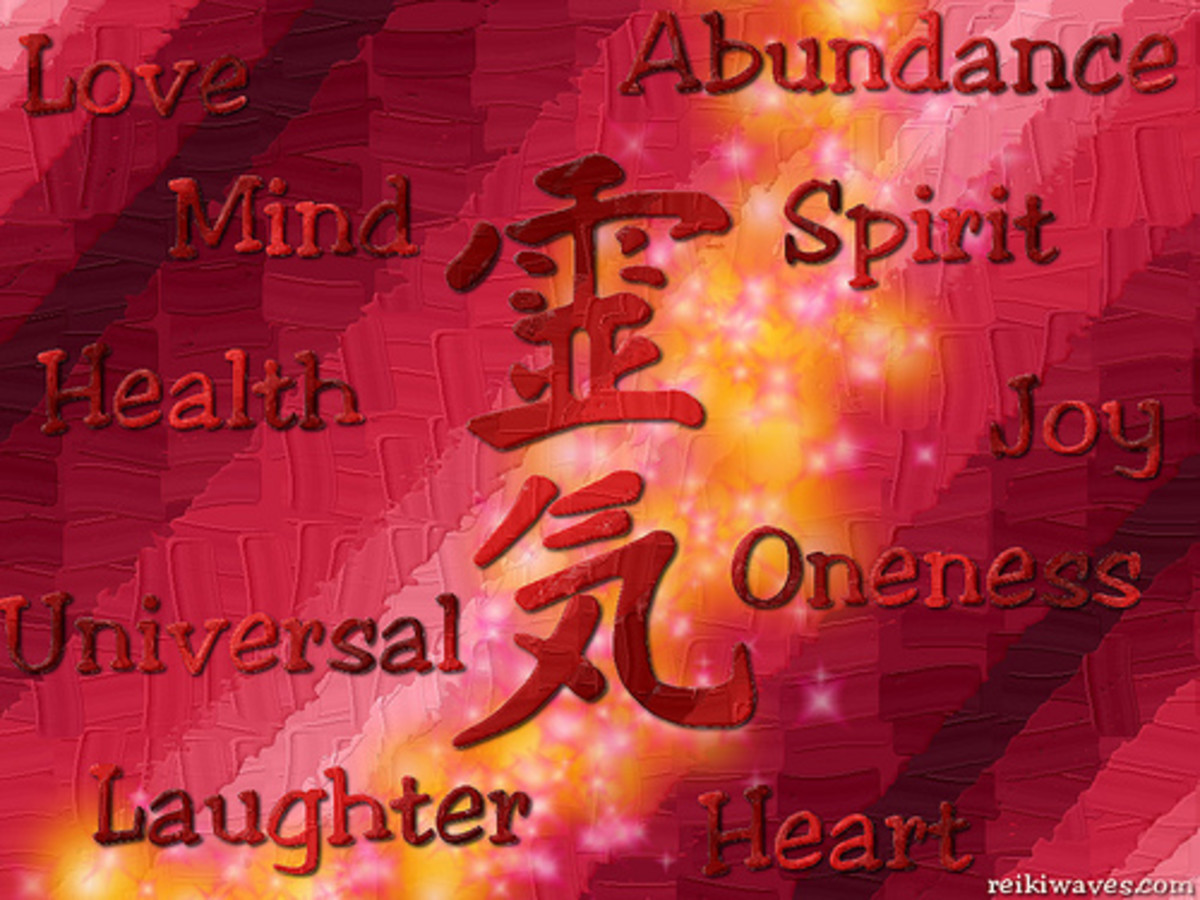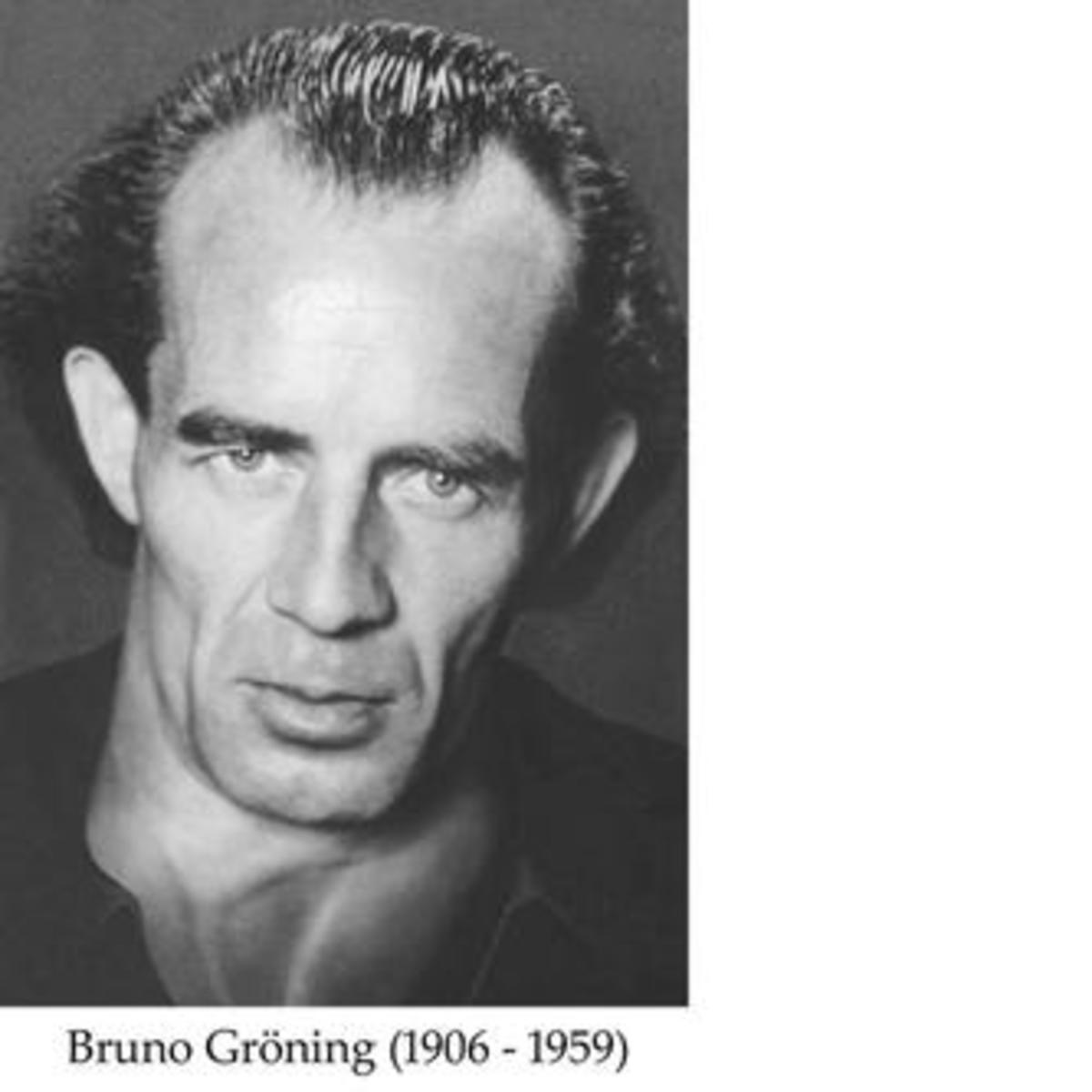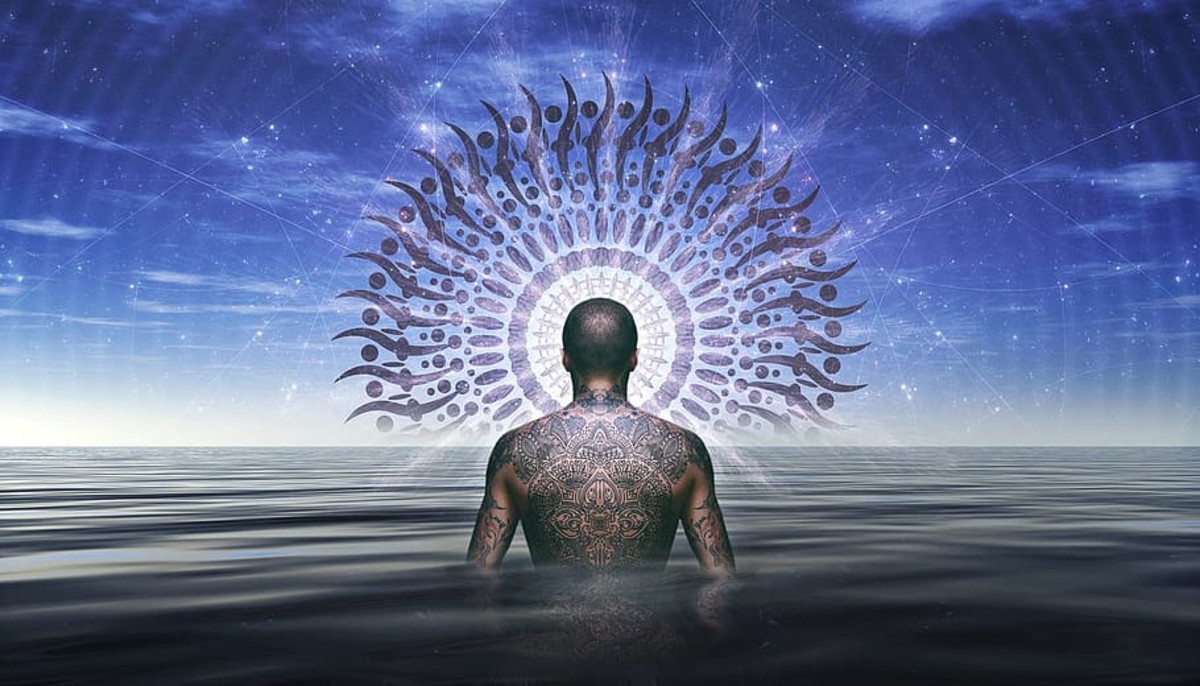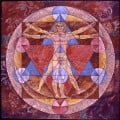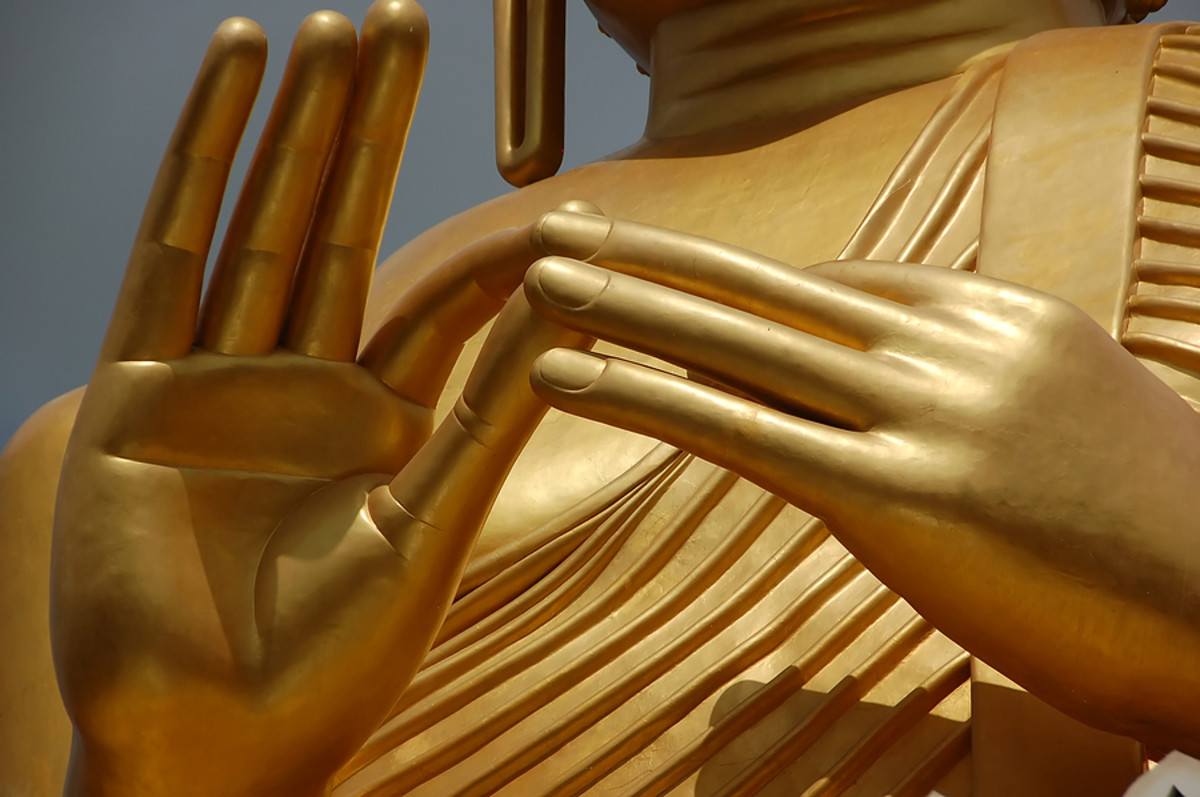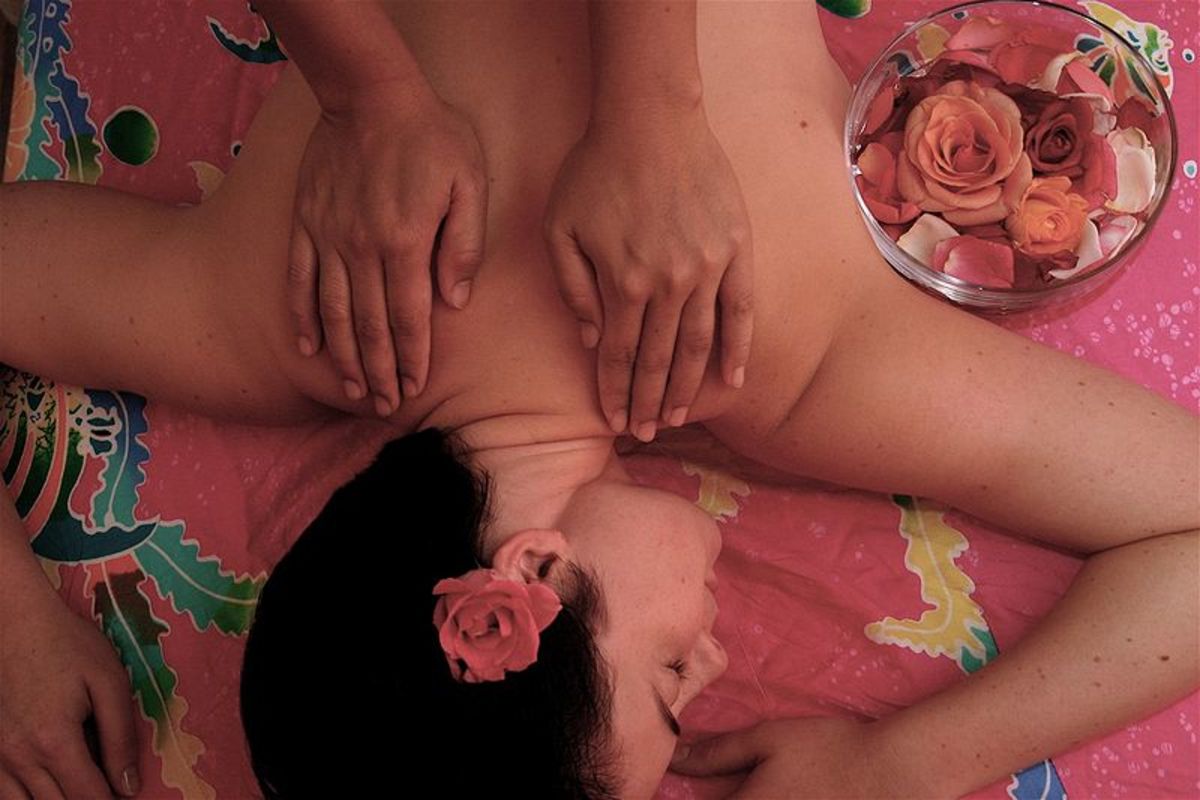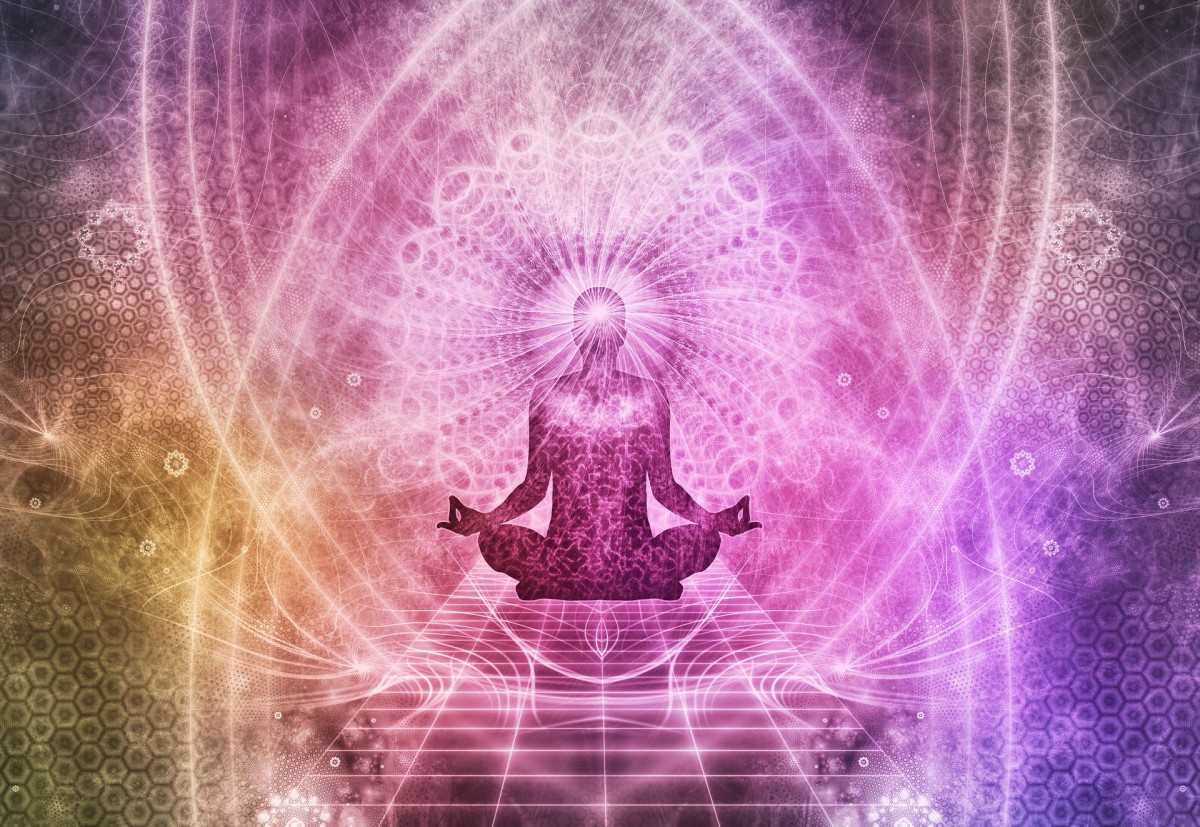Reiki Energy Healing
Reiki

About Reiki
Reiki energy healing is often regarded as an ancient healing art with the myth that it was used by almost every individual centuries ago. It was rediscovered by Mikao Usui in Japan in the mid 1800s. The discovery by Usui was based on a set of miraculous healings he discovered while traveling through the mountains of Japan, searching for alternative methods of spiritual belief.
The Evolution of Reiki
During Usui's lifetime, Reiki was used to offer alternative and complimentary healing in Japan. The lineage was passed down through attunements to the energy. This allowed others to heal and to practice, eventually leading into a mastery of the energy art. The Reiki practice began to expand with Hawayo Takata. She traveled from Hawaii to Japan to cure a fatal disease, leading to the practice of Reiki and eventual mastery in the system. She carried the tradition to the United States when Japan was involved in war, leading into being one of the only known masters of the energy healing tradition. She continued to spread the tradition with attunements and healing practices for those interested in the alternative healing medicine.
Reiki Today
Today, Reiki has an endless number of branches. These are based on the lineage that one is associated with. The Usui system and Takata's system continue to relate to those interested in Reiki. This is furthered with the exploration of other Reiki healers. A well - known evolution is from William Lee Rand, specifically with the introduction of Reiki as one that is more expansive. This has led to Reiki in the pure tradition as well as the energy healing that includes Kundalini, Crystal and even Rainbow Reiki. These all continue with the same attunements and methods but have developed with additional ways to work with energy healing methods.
Becoming a Reiki Practitioner
Reiki is a system that is open and available to anyone interested in the energy art. However, to practice the method, it is required that practice and training is offered.
There are three levels of Reiki training. Each of these include attunements to the Reiki energy. It also includes learning the precepts of Reiki and applying this to everyday life. This is followed by practice in the healing art on both the self and with others. The levels of Reiki also involve gathering information about how Reiki is used and applied. In the traditional method, it is recommended that healers continue to practice the art for a specific period of time before advancing to the next level. The third level of Reiki allows one to become initiated as a Master of the healing art and to begin attuning others and to practice teaching Reiki to continue the lineage of the healing energy.
Body Energy Field
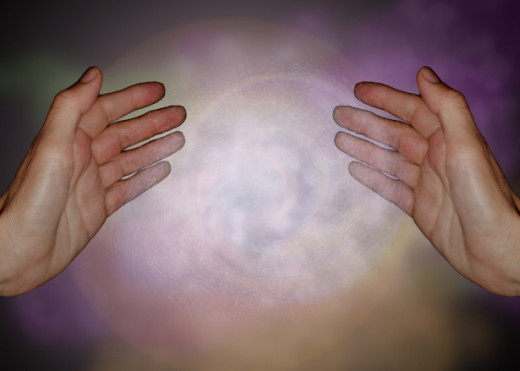
Miracles in Energy Healing
There are still speculations about Reiki and energy work and whether it is effective. However, Reiki is one of the energy medicines that shows a deep development in working to change conditions for almost anyone. Miraculous stories, such as healing from deeply seated diseases or illness are often heard. There are also stories of individuals working with Reiki to fix their car, find their keys or to simply make a situation more pleasant. The power of Reiki is often underestimated. However, when used on a continuous basis, it is able to provide healing and comfort in every area of life.
Reiki Healing
Have You Ever Had a Reiki Healing?
The Future of Reiki
The continuous evolution and growth in Reiki is leading to new frontiers not only in the exploration of Reiki as a healing art. There are also new explorations that are continuing to become a part of the energy medicine. This is inclusive of finding techniques and tools that compliment Reiki as a medicine. Energy healing is also developing and expanding as Reiki practitioners find ways to offer healing in integrative ways while providing skills and tools to those that are interested in receiving energy healing for maintenance, preventative medicine and healing in every area of their lives.
This content is accurate and true to the best of the author’s knowledge and is not meant to substitute for formal and individualized advice from a qualified professional.
© 2013 Brooke Hart

